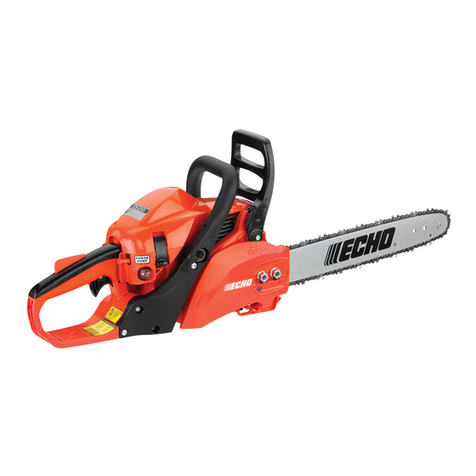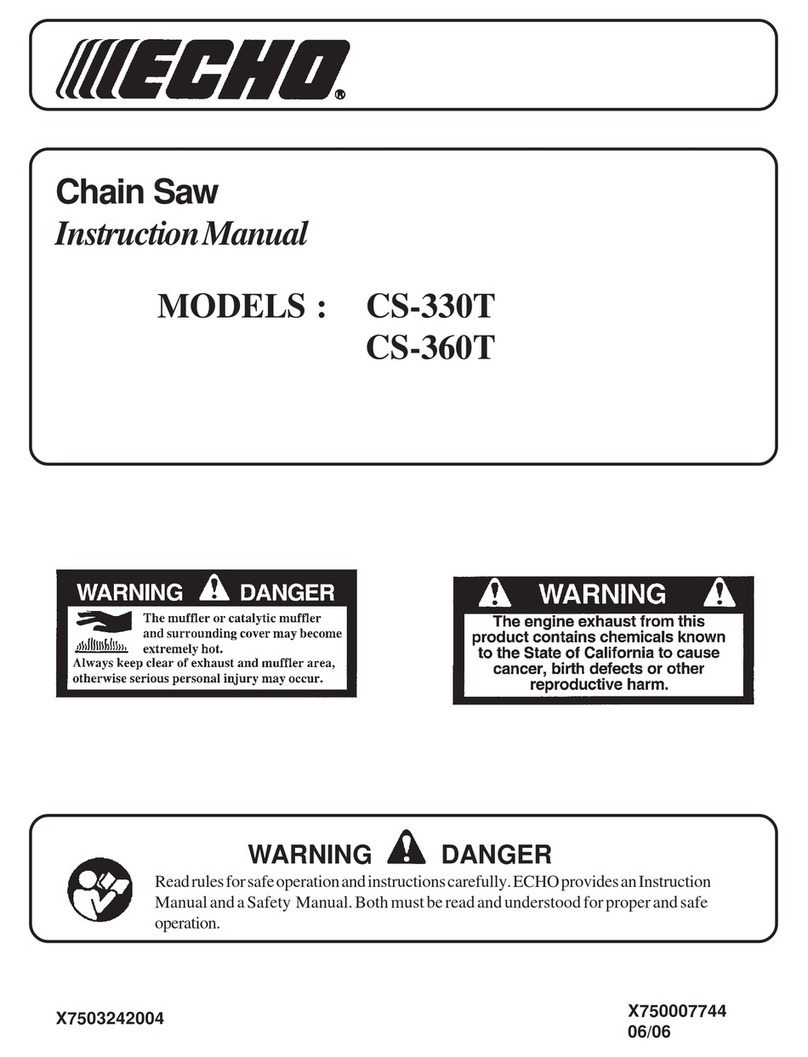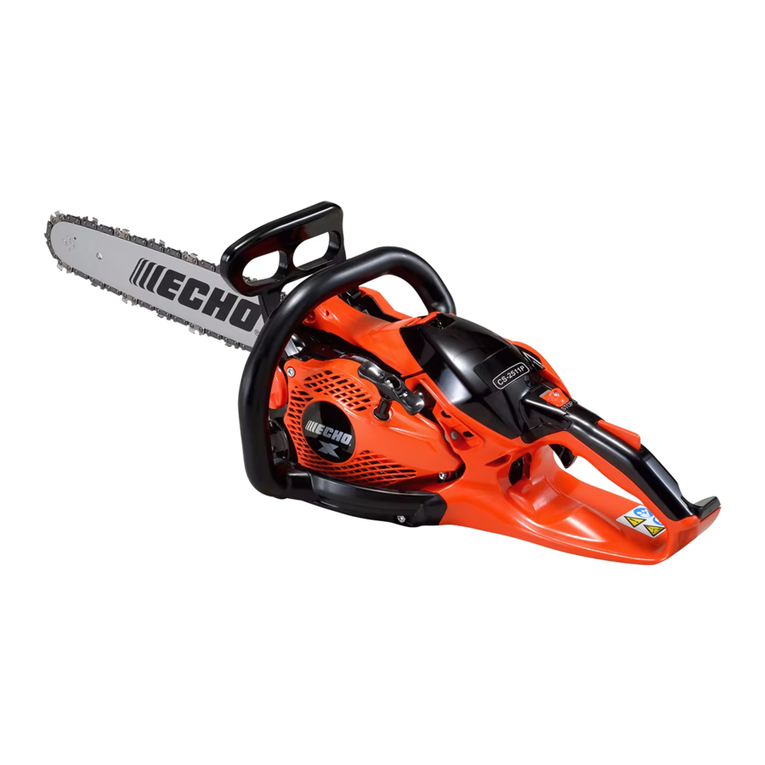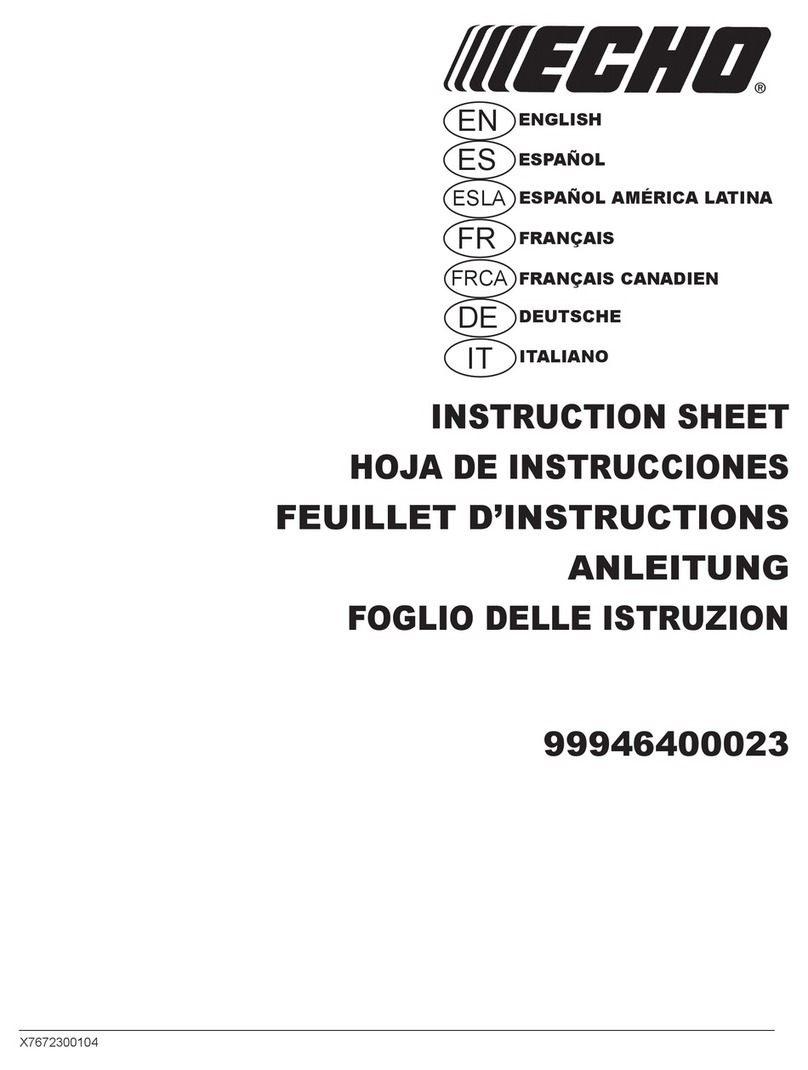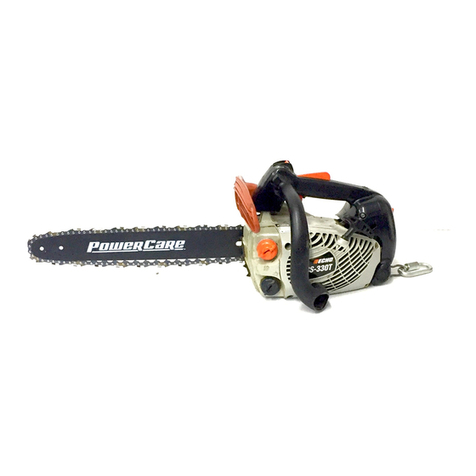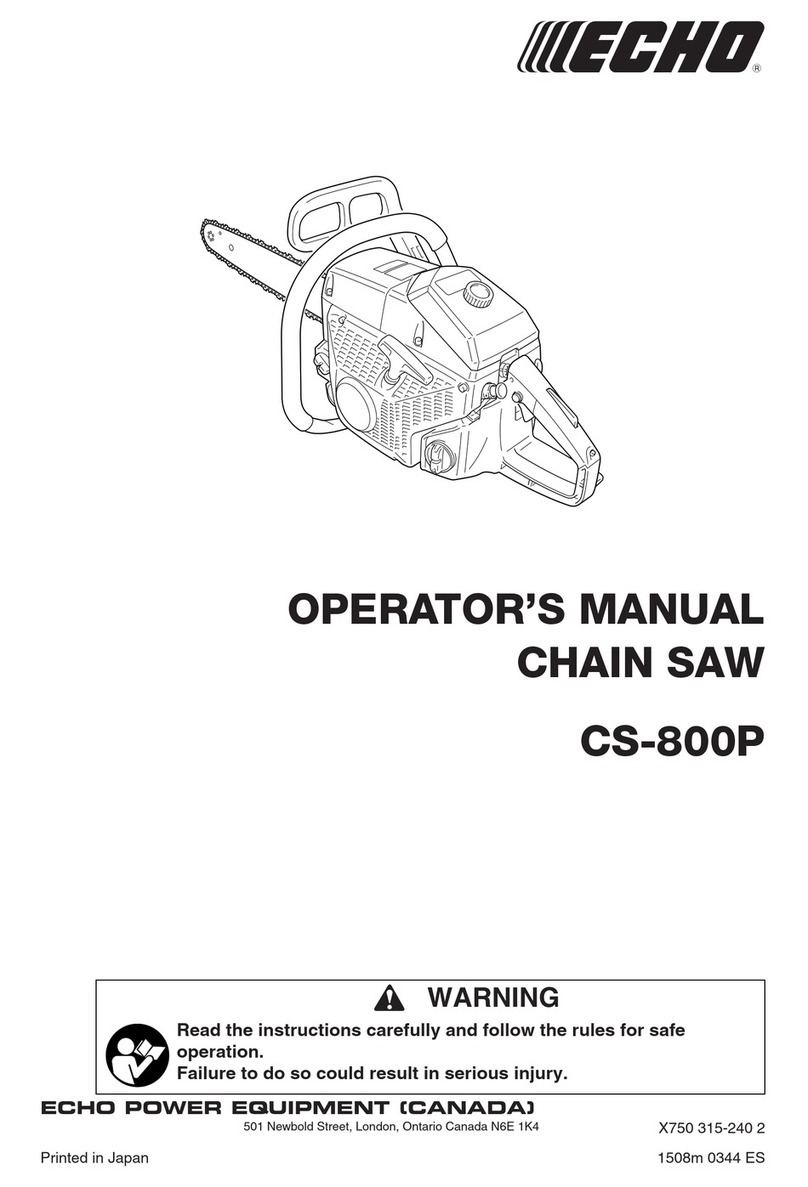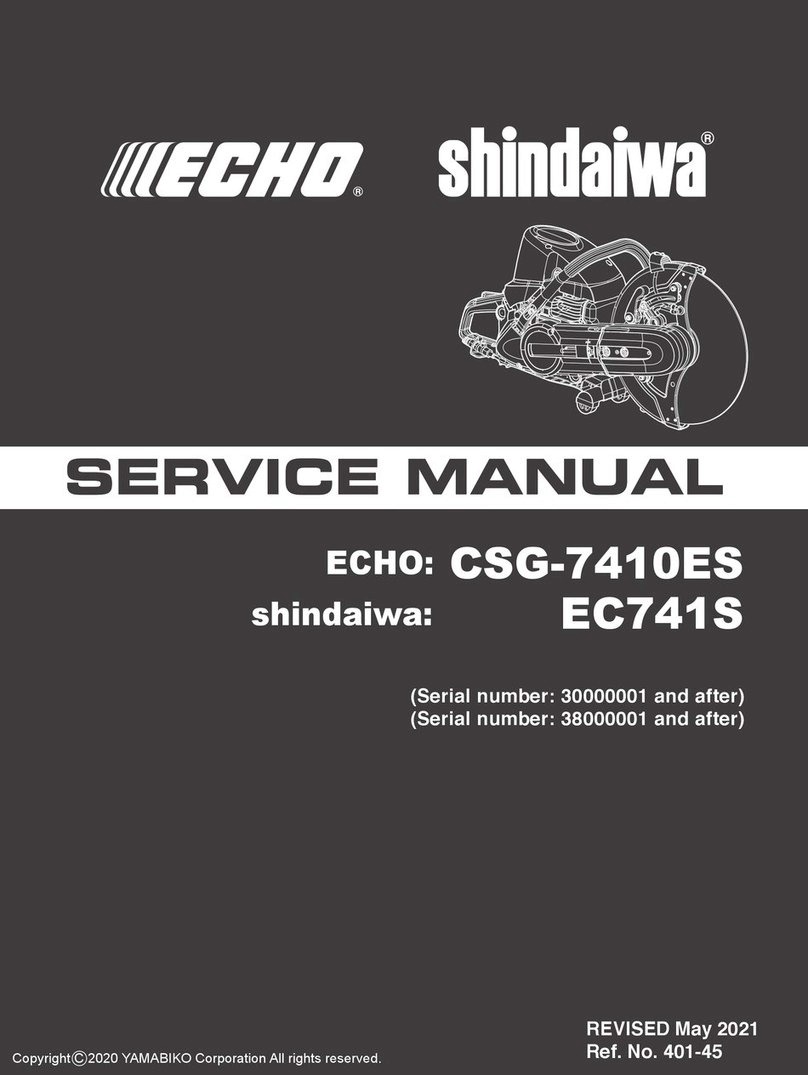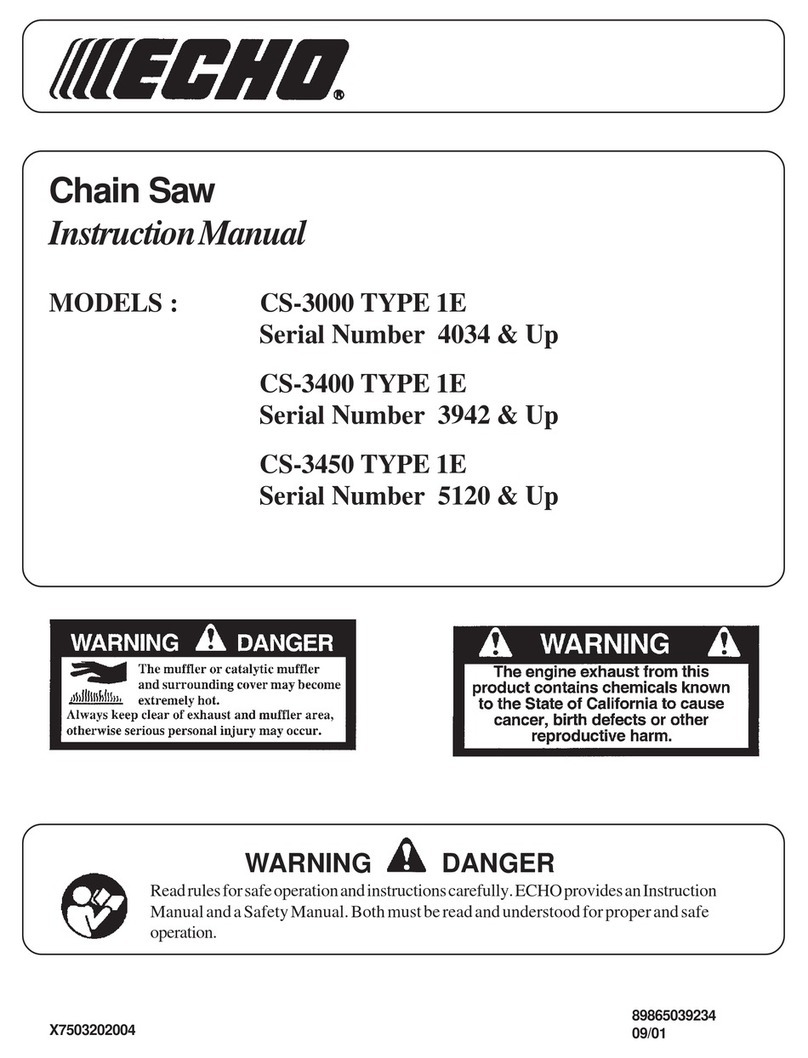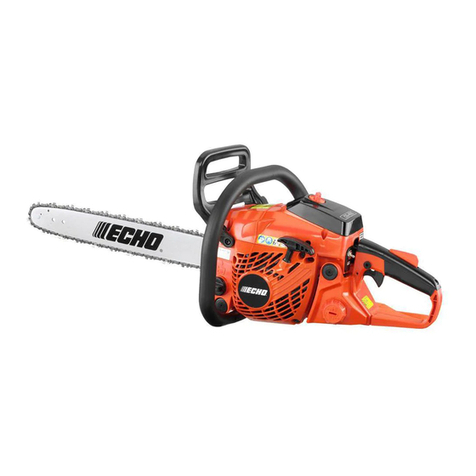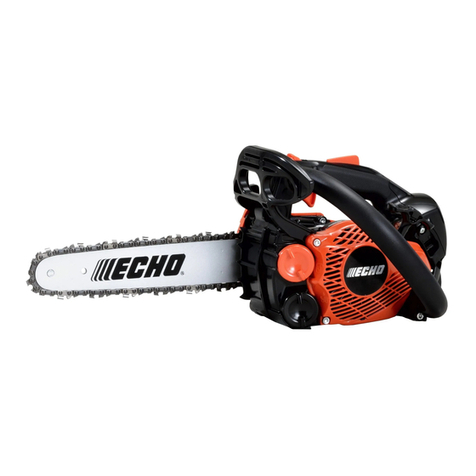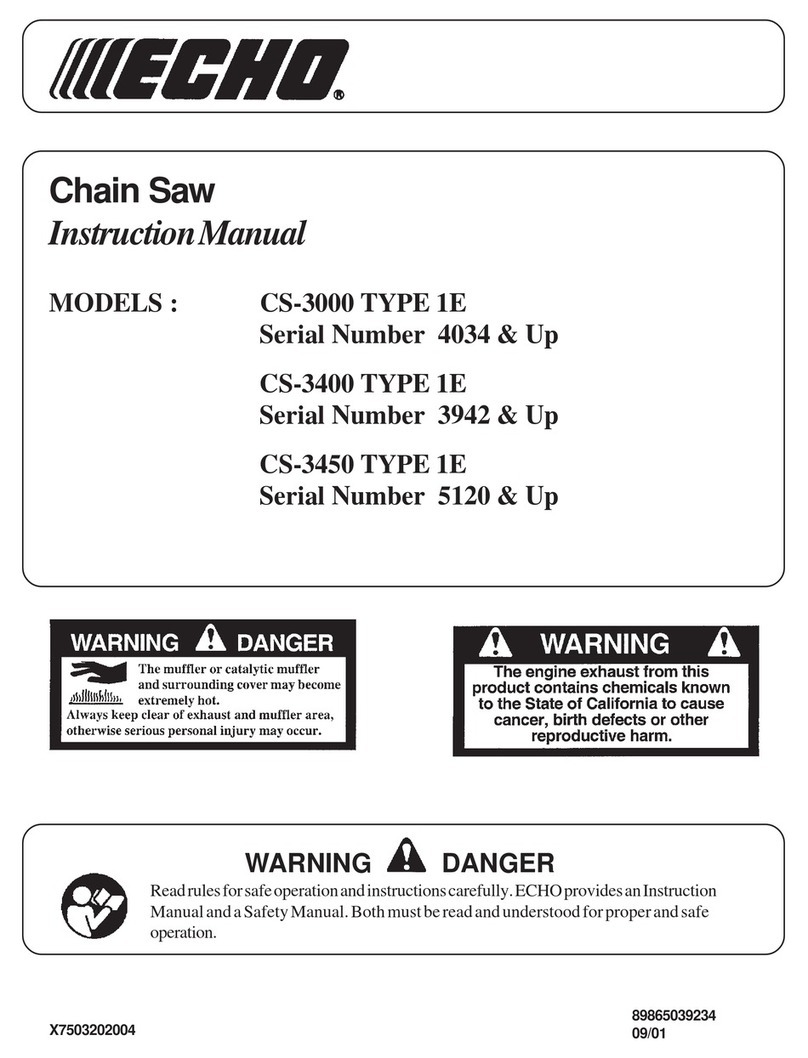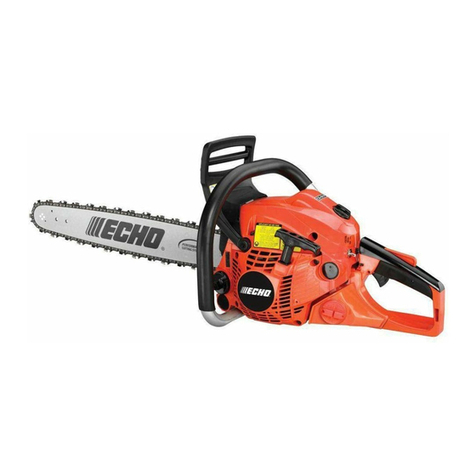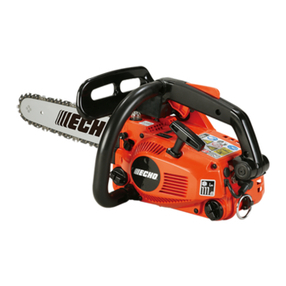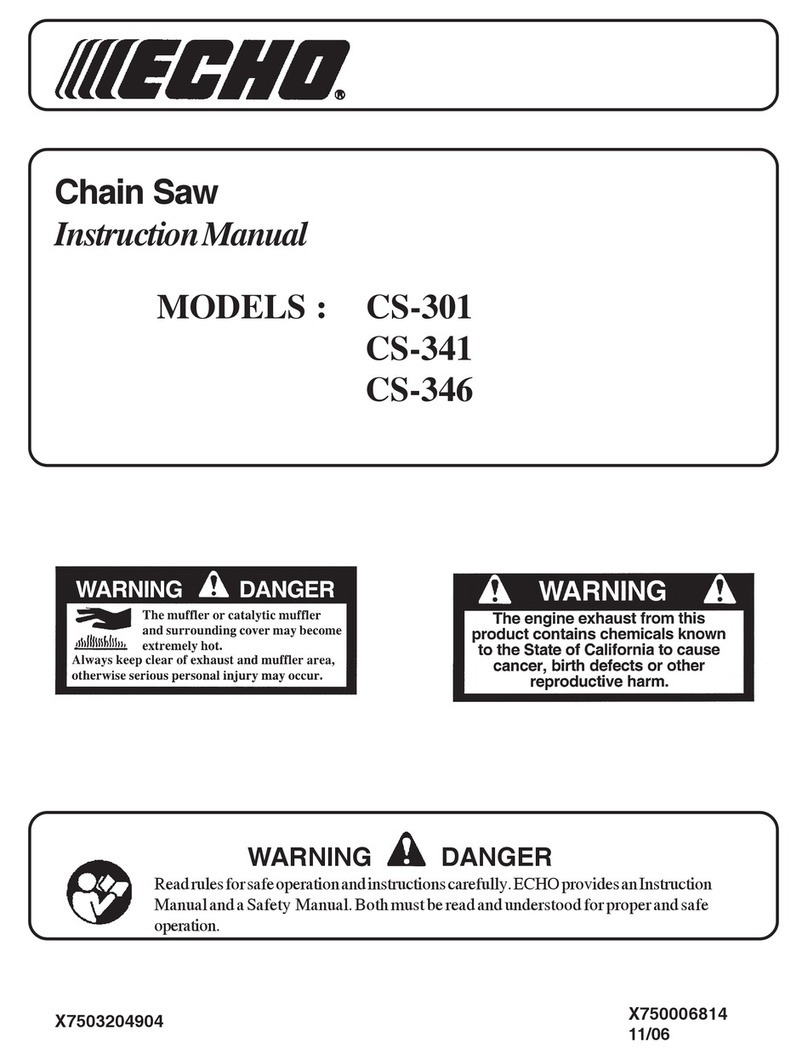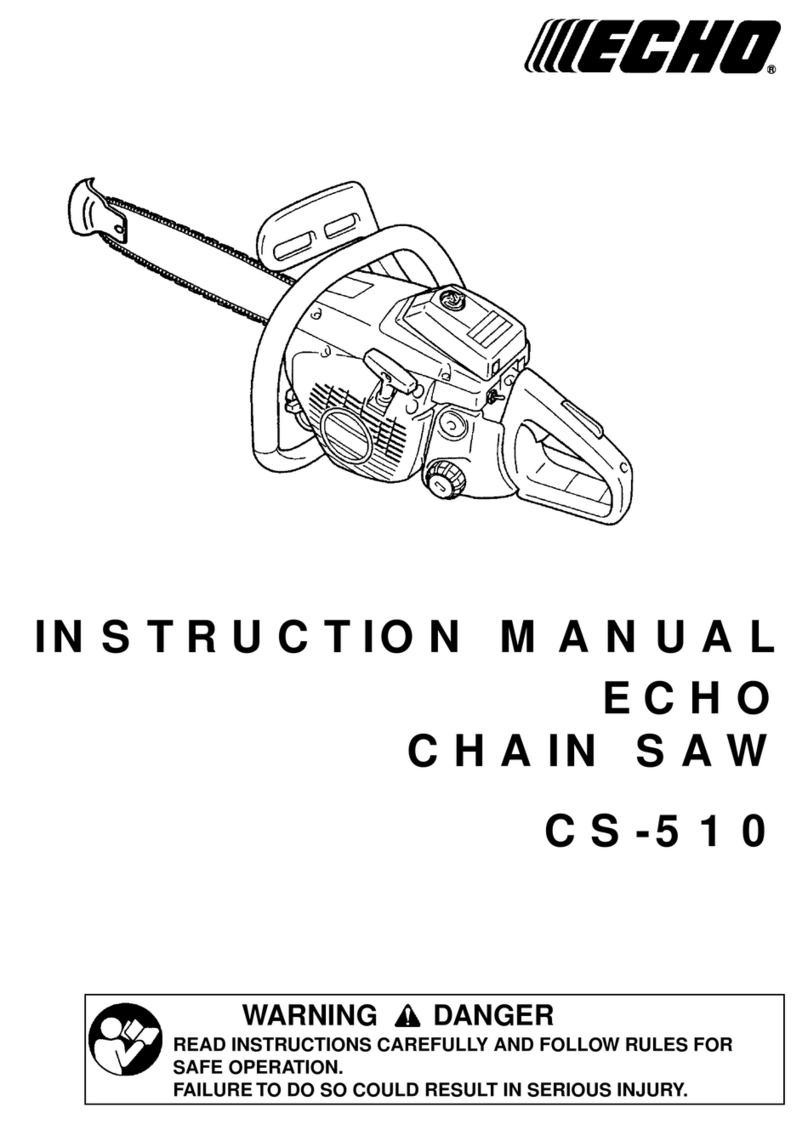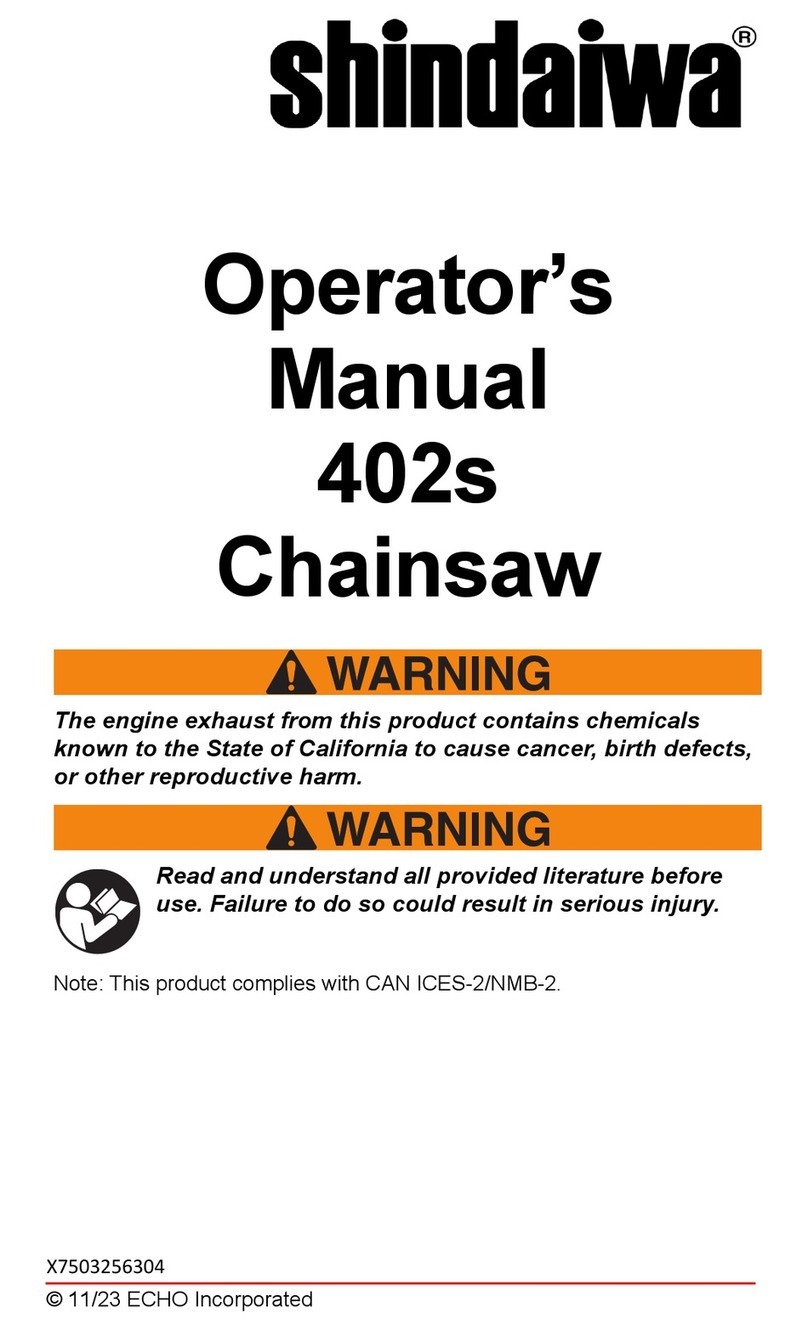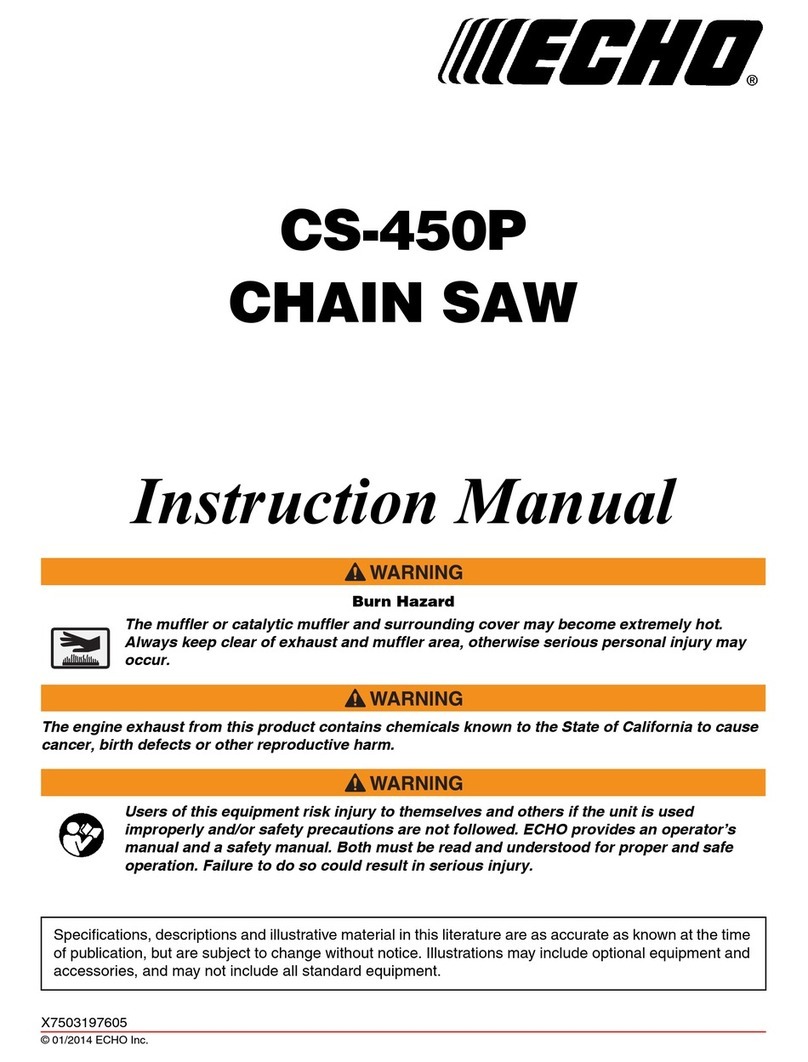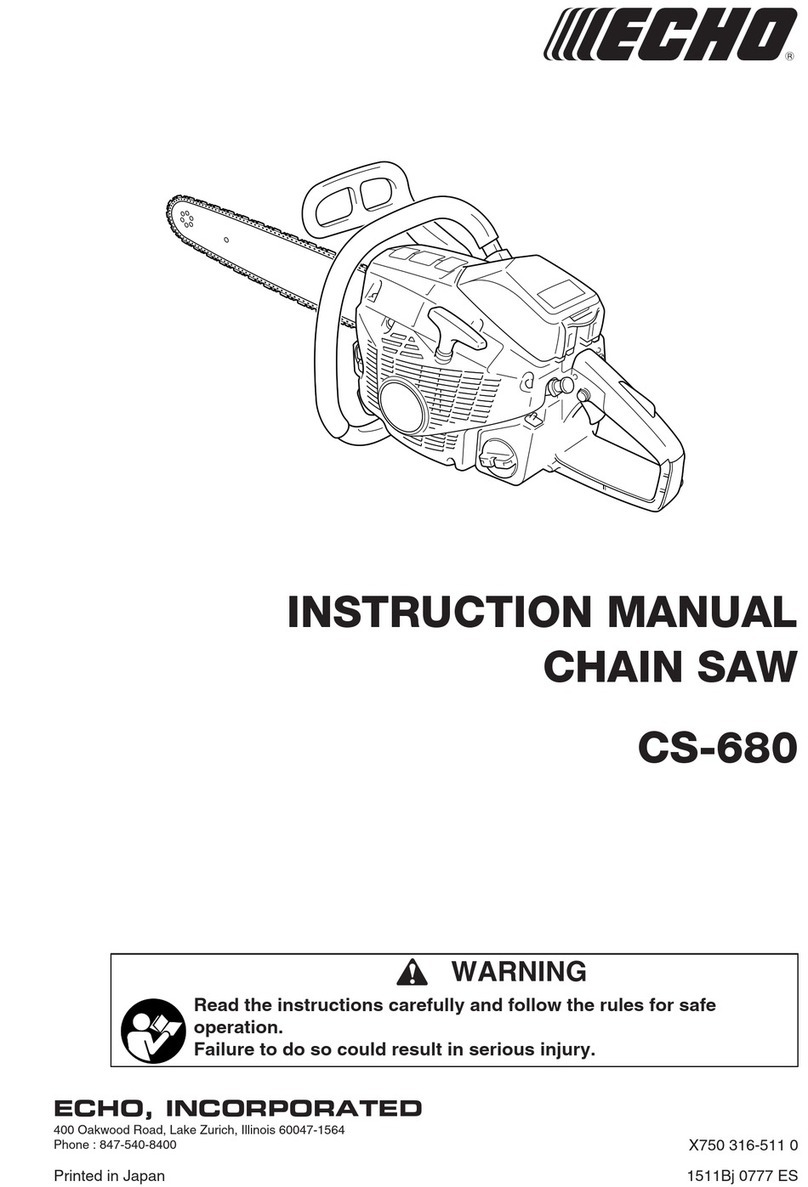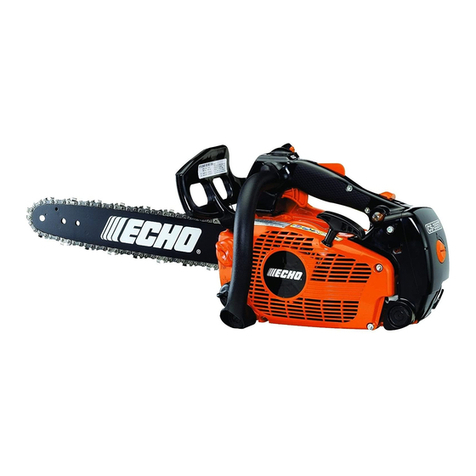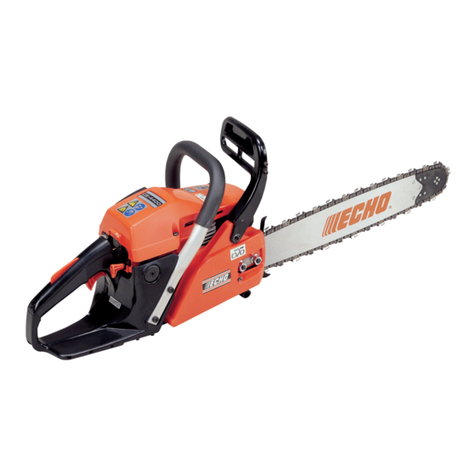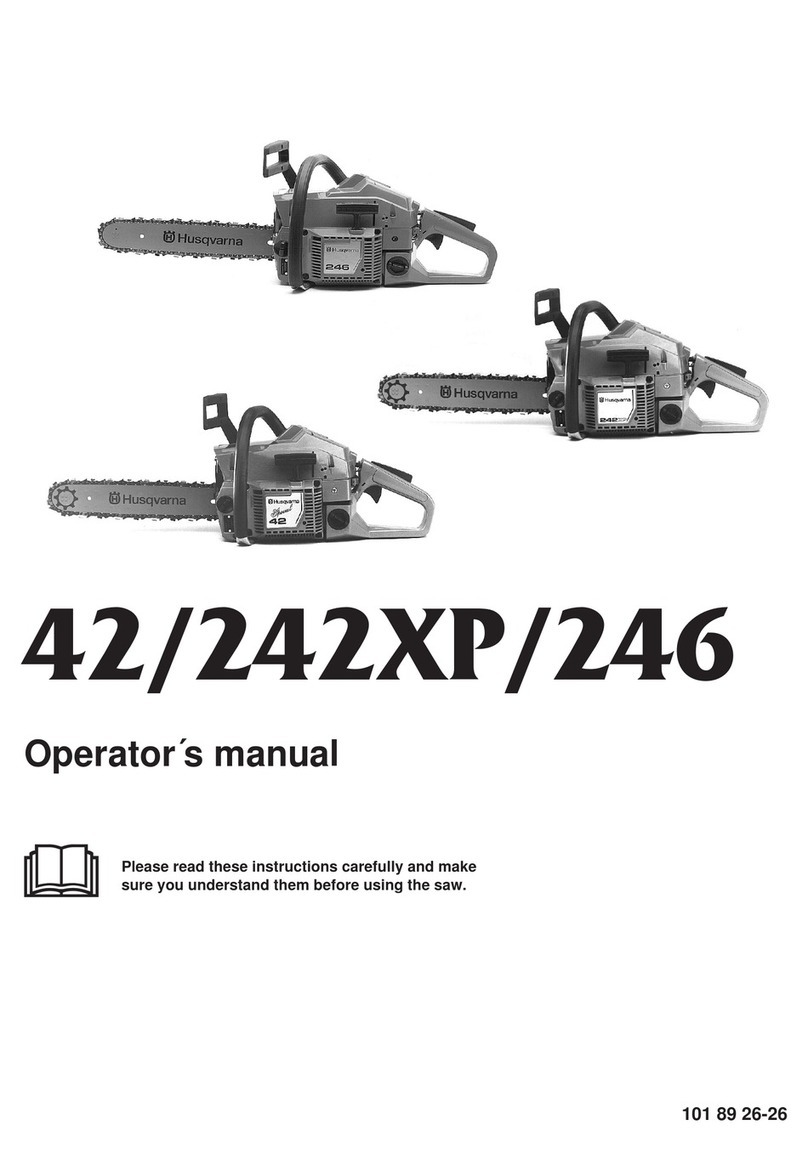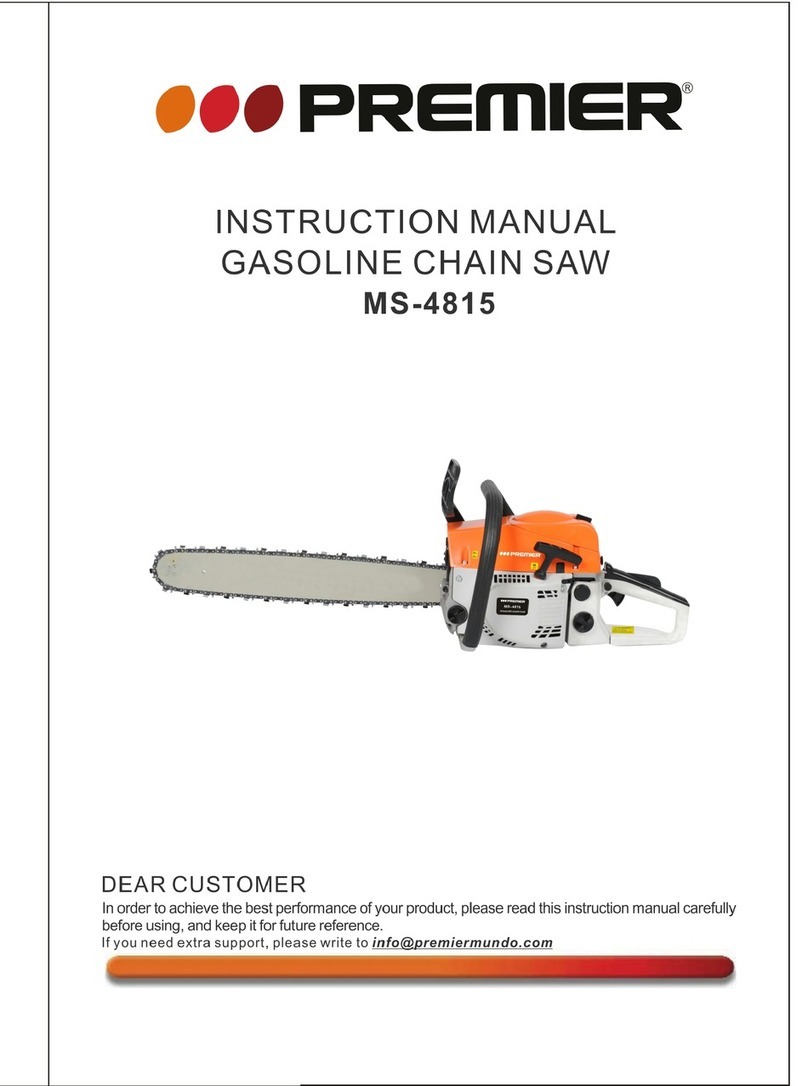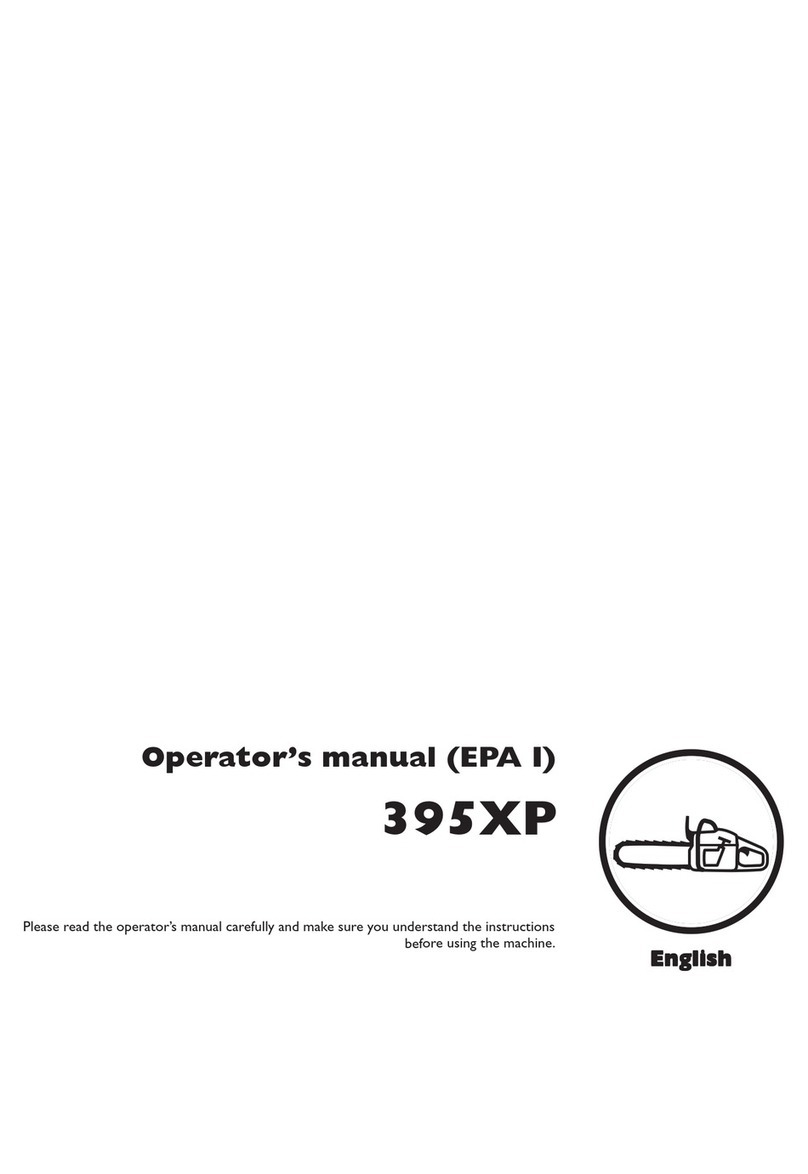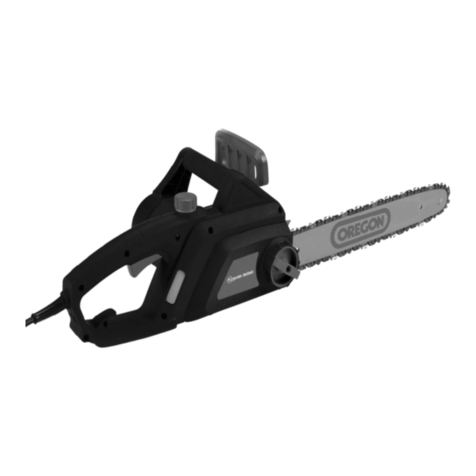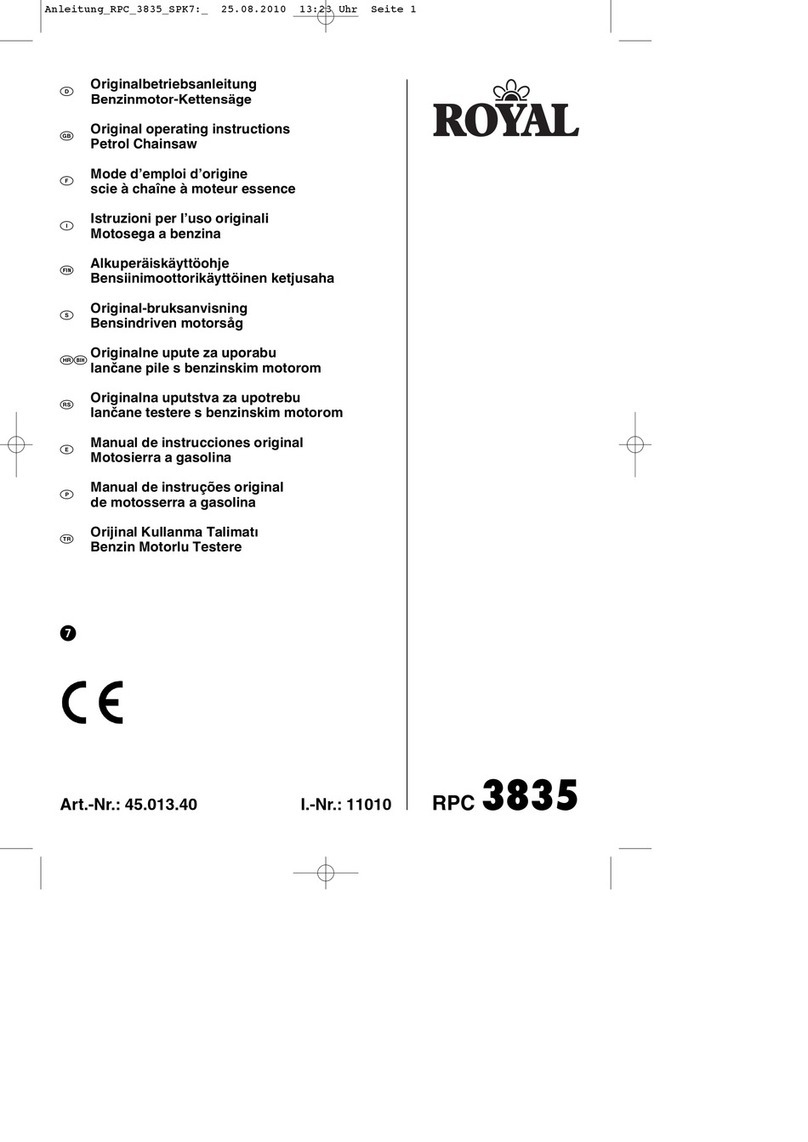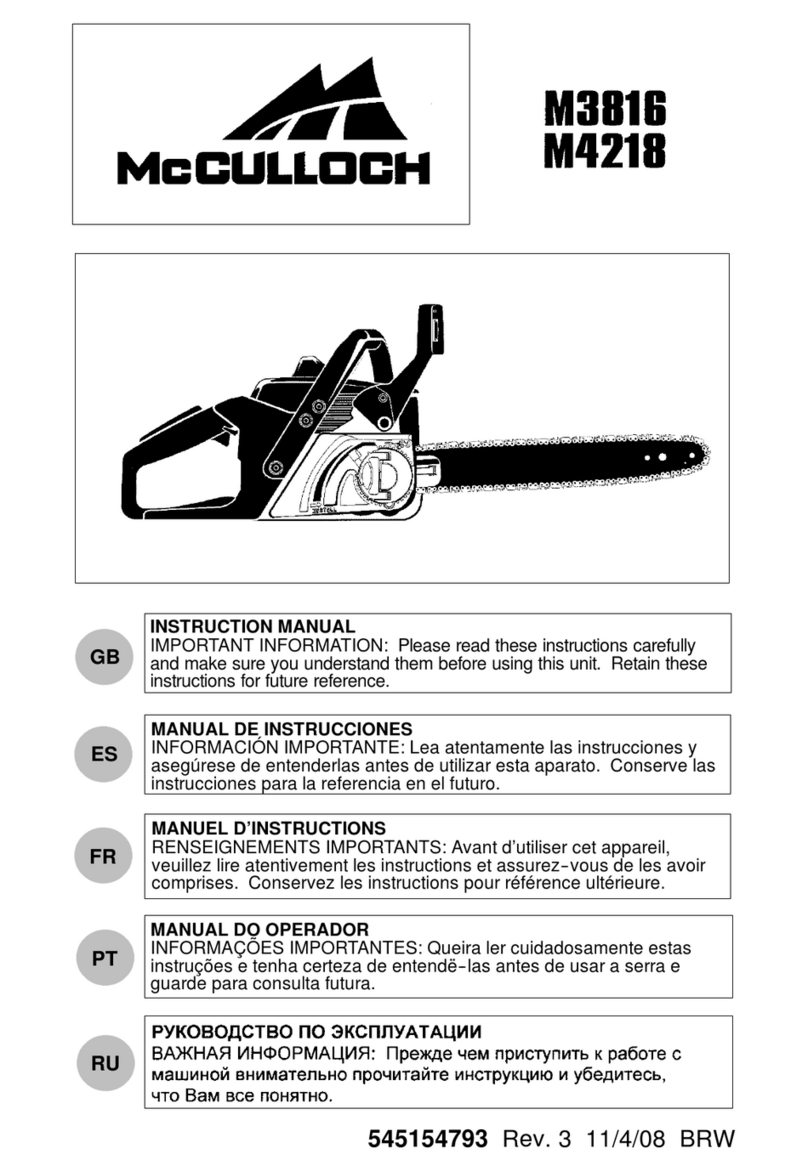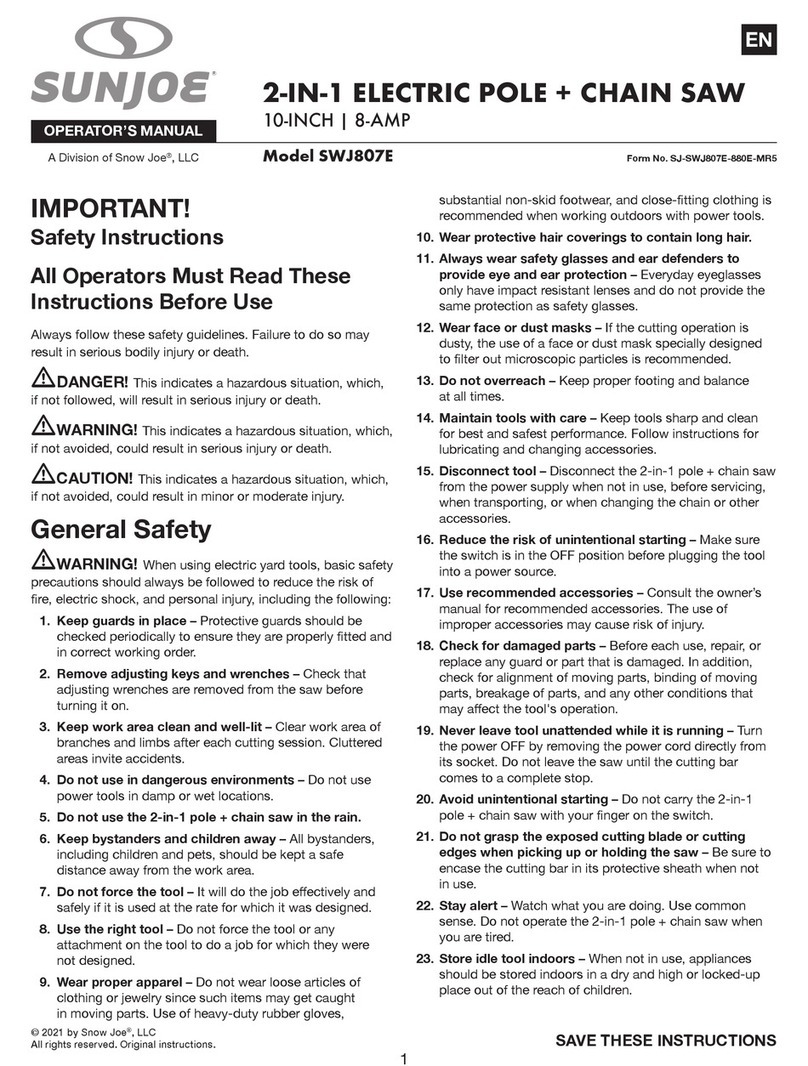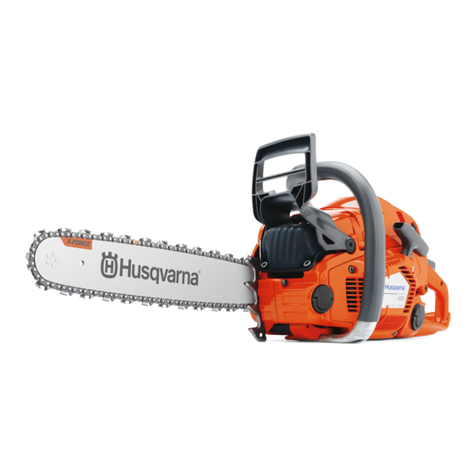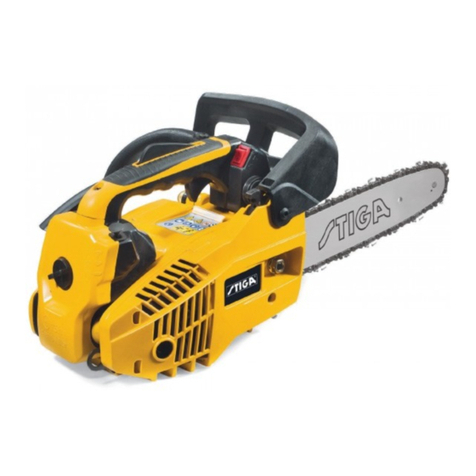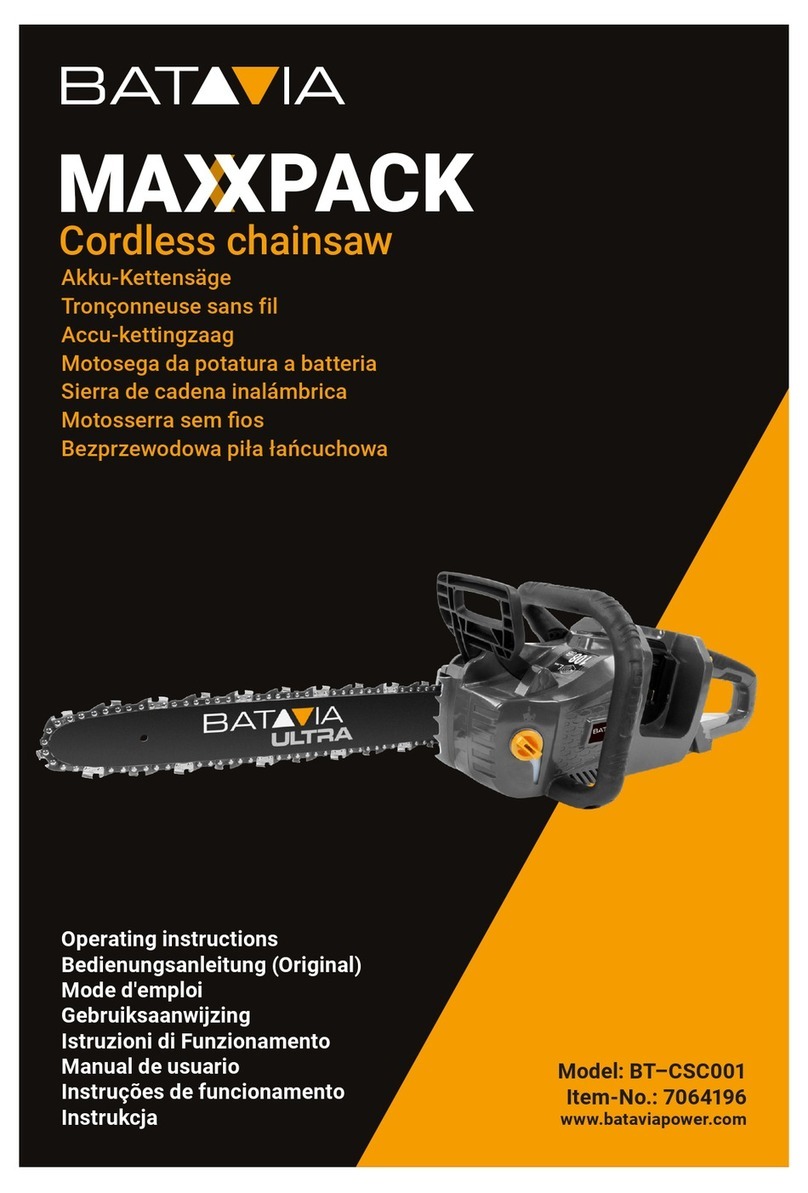
3
Contents
Decals and symbols............................................................................................................ 4
Rules for safe operation...................................................................................................... 5
0. Tree service chain saw .............................................................................................. 5
1. General precautions .................................................................................................. 8
2. Kickback safety precautions .................................................................................... 11
3. Other safety precautions.......................................................................................... 12
Description........................................................................................................................ 14
Assembly .......................................................................................................................... 15
Mounting guide bar and chain ..................................................................................... 15
Operation .......................................................................................................................... 16
Fuel and lubricant ........................................................................................................ 16
Chain lubricant............................................................................................................. 16
Cap indication .............................................................................................................. 16
Starting the cold engine............................................................................................... 17
When the engine is hard to start.................................................................................. 18
Starting the warm engine............................................................................................. 19
Running ....................................................................................................................... 19
Stopping the engine..................................................................................................... 20
Checking chain tension................................................................................................ 20
Chain lubrication test ................................................................................................... 20
Pre cutting test............................................................................................................. 20
Correct use of chain brake................................................................................................ 21
Chain brake ................................................................................................................. 21
Checking the brake function of the brake .................................................................... 22
Release the chain brake .............................................................................................. 22
Non-manual chain brake.............................................................................................. 22
Cutting instruction .............................................................................................................23
General ........................................................................................................................ 23
Felling a tree................................................................................................................ 24
Limbing ........................................................................................................................ 25
Bucking ........................................................................................................................ 25
Tension and compression in timber............................................................................. 26
Service maintenance guide .............................................................................................. 27
Troubleshooting ................................................................................................................ 28
Saw chain maintenance.................................................................................................... 29
Service.............................................................................................................................. 31
Air filter ........................................................................................................................ 31
Check fuel system ....................................................................................................... 31
Fuel filter ...................................................................................................................... 31
Oil filter ........................................................................................................................ 31
Spark plug ................................................................................................................... 31
Cylinder fins (Cooling system)..................................................................................... 32
Guide bar..................................................................................................................... 32
Sprocket ...................................................................................................................... 32
Carburettor .................................................................................................................. 32
Automatic oiler............................................................................................................. 32
Storage ............................................................................................................................. 33
Long term storage (Over 30 days)............................................................................... 33
Disposal procedure........................................................................................................... 34
Specifications.................................................................................................................... 35
Declaration "CE" of conformity ......................................................................................... 36
